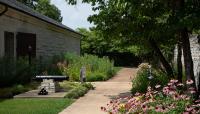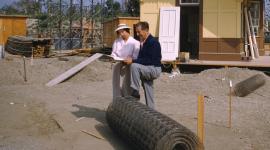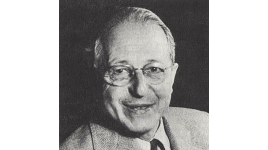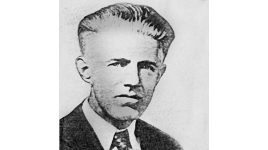Landscape Information
Located twelve miles west of New York City, the rural borough of Fair Lawn, New Jersey, became the site for the Radburn experiment underwritten by Alexander Bing’s City Housing Corporation in 1928. Landscape architects and planners Clarence Stein and Henry Wright inserted cul-de-sacs of single-family homes and duplexes into connecting common spaces, setting a precedent for the New Deal’s 'green towns,' including Greenbelt, Maryland, and for 1960s 'new towns' such as Reston, Virginia.
Radburn’s key innovations relate to the separation of car and pedestrian movement. The houses have a “double-front” quality: the street side with the garage entrance, and the pedestrian side’s English mews character, onto which the primary rooms of each house face. Landscape architect Marjorie Sewell Cautley designed the parks and open spaces, intentionally selecting plants native to northern New Jersey. The intersection of commuter rail lines with an arterial highway provided the ideal location for the central shopping district. Radburn-Fair Lawn station, designed by Stein in 1930, was joined by retail stores, often with offices and apartments above street level.
The City Housing Corporation declared bankruptcy in 1934, leaving the town incomplete. Surrounding lands were sold off, and single-family-style housing developed during the postwar housing boom. Along with Sunnyside Gardens, Chatham Village, and Baldwin Hills, Radburn is a significant part of the legacy of Stein and Wright. It was named a National Historic Landmark in 2005.

























